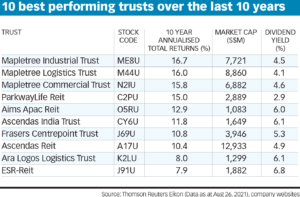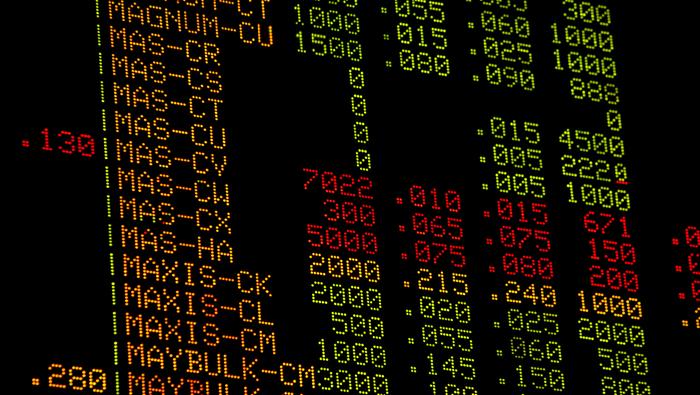
SNP500 options are a derivative the S&P 500. These contracts are traded on the NSE, also known as the INDIA NATIONAL STRTOCK EXCHANGE. These contracts can either be bought or sold at any number of brokerage firms. We'll be covering the basics of S&P 500 futures trading. This includes charts and technical reports.
E-mini S&P 500 futures
E-mini S&P500 futures trading can offer many benefits. These contracts expire three Fridays a year, on the third Friday each March, June, September and December. E-minis trade using a margin accounts and can be traded on the last day. The ticker symbol "ES" denotes the contract.
E-mini S&P500 futures can be traded quarterly, with three months of trading, March, June and Dec. These futures are also available to investors for hedging macro exposure and taking advantage of expected movements in S&P 500 Index. Traders have the ability to trade around market-moving events such as the U.S. Jobs report, quarterly earnings reports and the FOMC statements. E-mini S&P500 Futures Contracts are available to trade stocks and commodities as well as currencies.

S&P 500 Index
S&P 500 Index Futures could be a great tool for you if you are interested in increasing your exposure to the wider market, leveraging stock portfolios to mitigate volatility, and adding flexibility during earnings season. Futures are not easy to understand, despite all their benefits. We'll explain the basics of trading futures contracts to help you navigate the market, and make informed decisions. Continue reading for more information.
The E-mini S&P Futures and Micro E–mini S&P Futures are both based on S&P 500 Index. They trade on Chicago's CME Group exchange. These futures are amongst the most liquid and active in the world and have plenty of liquidity to satisfy both buyers and sellers. Professional traders use S&P-based Futures to protect their portfolios and hedge against market downturns.
Trading platforms
SNP500 futures trading is a way to diversify your portfolio. E-mini contracts can be listed for 9 consecutive quarters, and 3 additional December contract months. E-minis offer a tax-efficient way to manage global equity exposure. How do you find the right trading platform? Below are some benefits associated with E-mini Futures. Before you decide which trading platform is right for you, make sure you check if it is regulated by the CFTC.
TD Ameritrade - TD Ameritrade has a lot to offer futures and options traders. This broker offers a high-tech desktop trading platform and supports all types of brokerage accounts. It offers a great mobile app, no minimum account, and a range of tools and educational materials. TD Ameritrade offers one of the best ways to trade futures.

S&P 500 futures interest
The recent rally in stocks took many investors by surprise, but it has helped to drive stock markets higher. S&P500 futures are experiencing a surge in short interest from May 2009. The rally was due to investor confidence and a neutral Chicago Mercantile Exchange. It also reflects the strong individual values of Nasdaq 100. However, it does have its problems. These issues will be addressed in this article.
S&P 500 futures, a derivative contract, is a great way of protecting against potential downsides to your stock investments. These contracts are closely watched by investors because they provide a reliable indicator of market movements. Investors can also speculate on future changes in the index. Futures on the benchmark index, the S&P 500 are listed by Chicago Mercantile Exchange. S&P500 futures are now one of the most liquid type of futures in America.
FAQ
What is the difference between stock market and securities market?
The securities market is the whole group of companies that are listed on any exchange for trading shares. This includes stocks as well options, futures and other financial instruments. There are two types of stock markets: primary and secondary. Stock markets that are primary include large exchanges like the NYSE and NASDAQ. Secondary stock markets are smaller exchanges where investors trade privately. These include OTC Bulletin Board Over-the-Counter (Pink Sheets) and Nasdaq ShortCap Market.
Stock markets are important for their ability to allow individuals to purchase and sell shares of businesses. It is the share price that determines their value. Public companies issue new shares. Dividends are received by investors who purchase newly issued shares. Dividends refer to payments made by corporations for shareholders.
Stock markets provide buyers and sellers with a platform, as well as being a means of corporate governance. Shareholders elect boards of directors that oversee management. The boards ensure that managers are following ethical business practices. In the event that a board fails to carry out this function, government may intervene and replace the board.
What is a bond and how do you define it?
A bond agreement is a contract between two parties that allows money to be transferred for goods or services. It is also known simply as a contract.
A bond is typically written on paper, signed by both parties. This document details the date, amount owed, interest rates, and other pertinent information.
A bond is used to cover risks, such as when a business goes bust or someone makes a mistake.
Sometimes bonds can be used with other types loans like mortgages. The borrower will have to repay the loan and pay any interest.
Bonds are used to raise capital for large-scale projects like hospitals, bridges, roads, etc.
The bond matures and becomes due. This means that the bond owner gets the principal amount plus any interest.
Lenders can lose their money if they fail to pay back a bond.
How Share Prices Are Set?
Investors decide the share price. They are looking to return their investment. They want to make money with the company. So they buy shares at a certain price. The investor will make more profit if shares go up. Investors lose money if the share price drops.
An investor's primary goal is to make money. This is why investors invest in businesses. They can make lots of money.
Statistics
- The S&P 500 has grown about 10.5% per year since its establishment in the 1920s. (investopedia.com)
- "If all of your money's in one stock, you could potentially lose 50% of it overnight," Moore says. (nerdwallet.com)
- Ratchet down that 10% if you don't yet have a healthy emergency fund and 10% to 15% of your income funneled into a retirement savings account. (nerdwallet.com)
- For instance, an individual or entity that owns 100,000 shares of a company with one million outstanding shares would have a 10% ownership stake. (investopedia.com)
External Links
How To
How to invest in the stock market online
The stock market is one way you can make money investing in stocks. There are many methods to invest in stocks. These include mutual funds or exchange-traded fund (ETFs), hedge money, and others. Your risk tolerance, financial goals and knowledge of the markets will determine which investment strategy is best.
To be successful in the stock markets, you have to first understand how it works. This involves understanding the various types of investments, their risks, and the potential rewards. Once you understand your goals for your portfolio, you can look into which investment type would be best.
There are three major types of investments: fixed income, equity, and alternative. Equity refers to ownership shares of companies. Fixed income refers debt instruments like bonds, treasury bill and other securities. Alternatives include commodities like currencies, real-estate, private equity, venture capital, and commodities. Each category comes with its own pros, and you have to choose which one you like best.
You have two options once you decide what type of investment is right for you. The first strategy is "buy and hold," where you purchase some security but you don't have to sell it until you are either retired or dead. Diversification is the second strategy. It involves purchasing securities from multiple classes. For example, if you bought 10% of Apple, Microsoft, and General Motors, you would diversify into three industries. Multiple investments give you more exposure in different areas of the economy. You are able to shield yourself from losses in one sector by continuing to own an investment in another.
Risk management is another crucial factor in selecting an investment. Risk management will allow you to manage volatility in the portfolio. You could choose a low risk fund if you're willing to take on only 1% of the risk. If you are willing and able to accept a 5%-risk, you can choose a more risky fund.
The final step in becoming a successful investor is learning how to manage your money. A plan is essential to managing your money. Your short-term, medium-term, and long-term goals should all be covered in a good plan. Sticking to your plan is key! Keep your eyes on the big picture and don't let the market fluctuations keep you from sticking to it. Stick to your plan and watch your wealth grow.